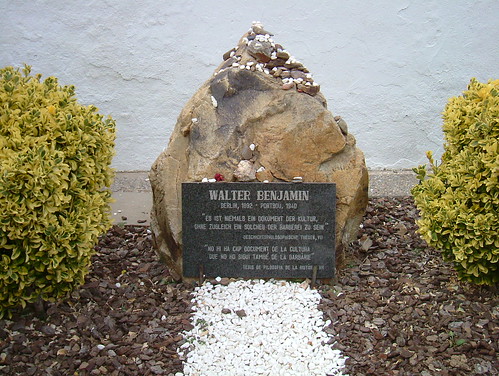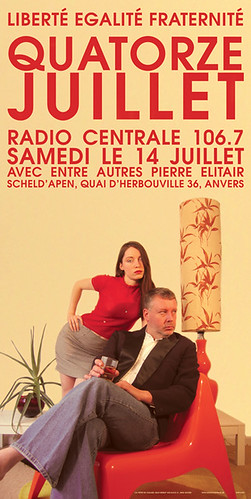[Youtube=http://www.youtube.com/watch?v=Zd6D8PU95qU]
Buffet Froid (1979) – Bertrand Blier
Context of clip: Depardieu has stabbed Carmet, Depardieu denies, “no I could’nt have done it, I just arrived”. Carmet does not seem to mind dying. Depardieu asks: “how does it feel”. Carmet answers: “Like a sink draining”. At the end Carmet offers Depardieu to take his knife back and says: “You’d better because your fingerprints are on them.” Depardieu thanks him. Spoiler warning: Carmet lives.
Buffet froid is a 1979 French film, written and directed by Bertrand Blier, and starring Gérard Depardieu, Carole Bouquet, Bernard Blier and Jean Carmet.The plot of this film is extremely complex and elusive, for the simple reason that we are left at odds as to the motivation of the characters to perform acts that are systematically the opposite of what is expected of them. Thus, the police inspector allows murders, commits murders himself and pretends not being occupied with his profession when off duty.
The film owes much of its ideological framework to surrealism, re-enforced by an ambience of mystery et theatricality, very similar to the work of Luis Buñuel, who was known to punctuate his work with numerous « gratuitous » murders. We are also reminded of the absurd theatre of Alfred Jarry and Eugène Ionesco.
The location of the metro station of the RER of La Défense, then ending its construction phase and not yet receiving its 170 000 daily employees as is the case today, highly contributes to the atmosphere of the opening sequence of the film: a dehumanized urban space, cold and anxiety-ridden, filmed by night, the only encounters to be expected those of marginalized human beings. All “urban” scenes were filmed in Créteil, in areas under construction at the time.
Bertrand Blier reunites a sublime trio, with his fetish actor Gérard Depardieu), a un-police officer (Bernard Blier) and an assassin strangler of women played by Jean Carmet, all at the peak of their careers.
Digression: Happy birthday Roky Erickson.




